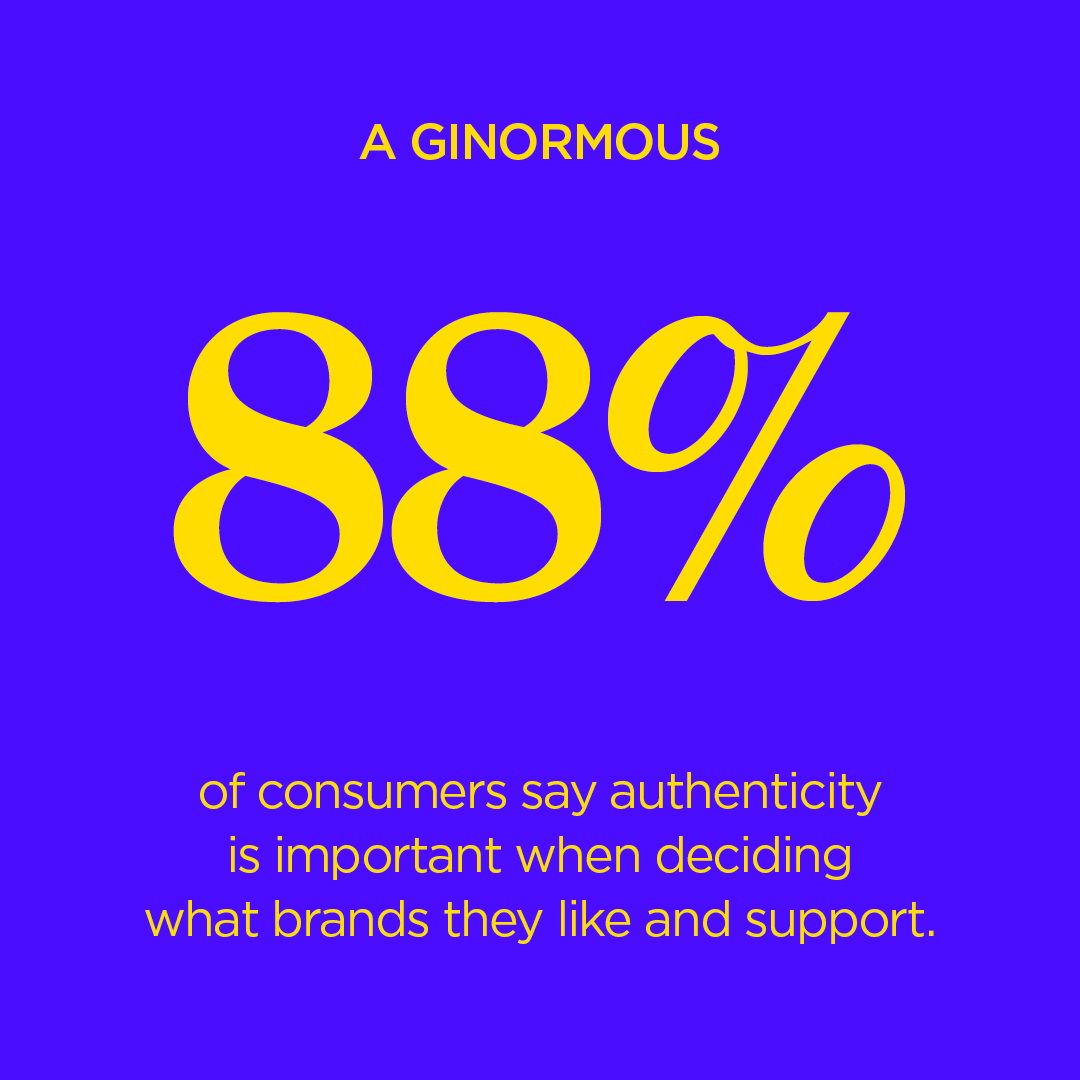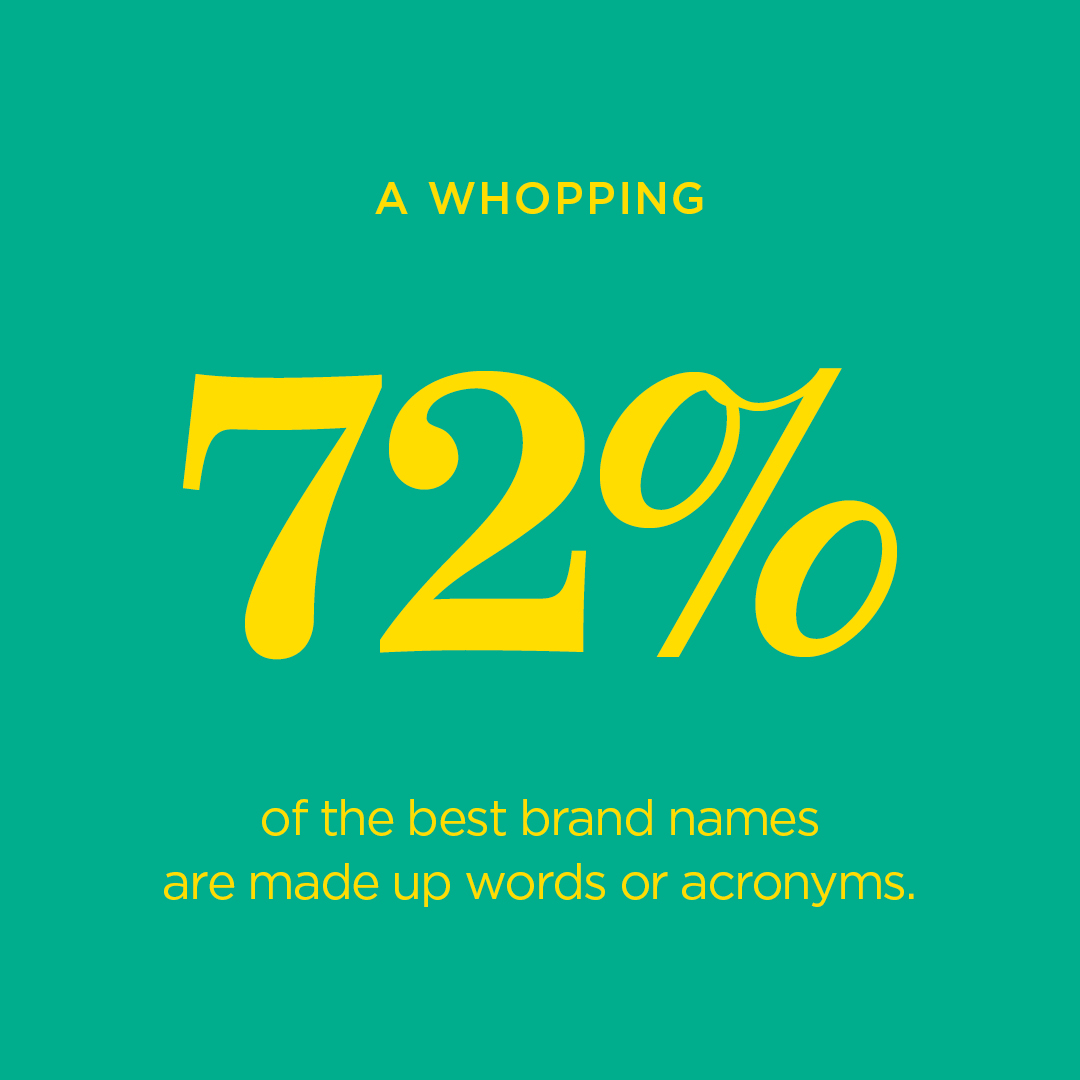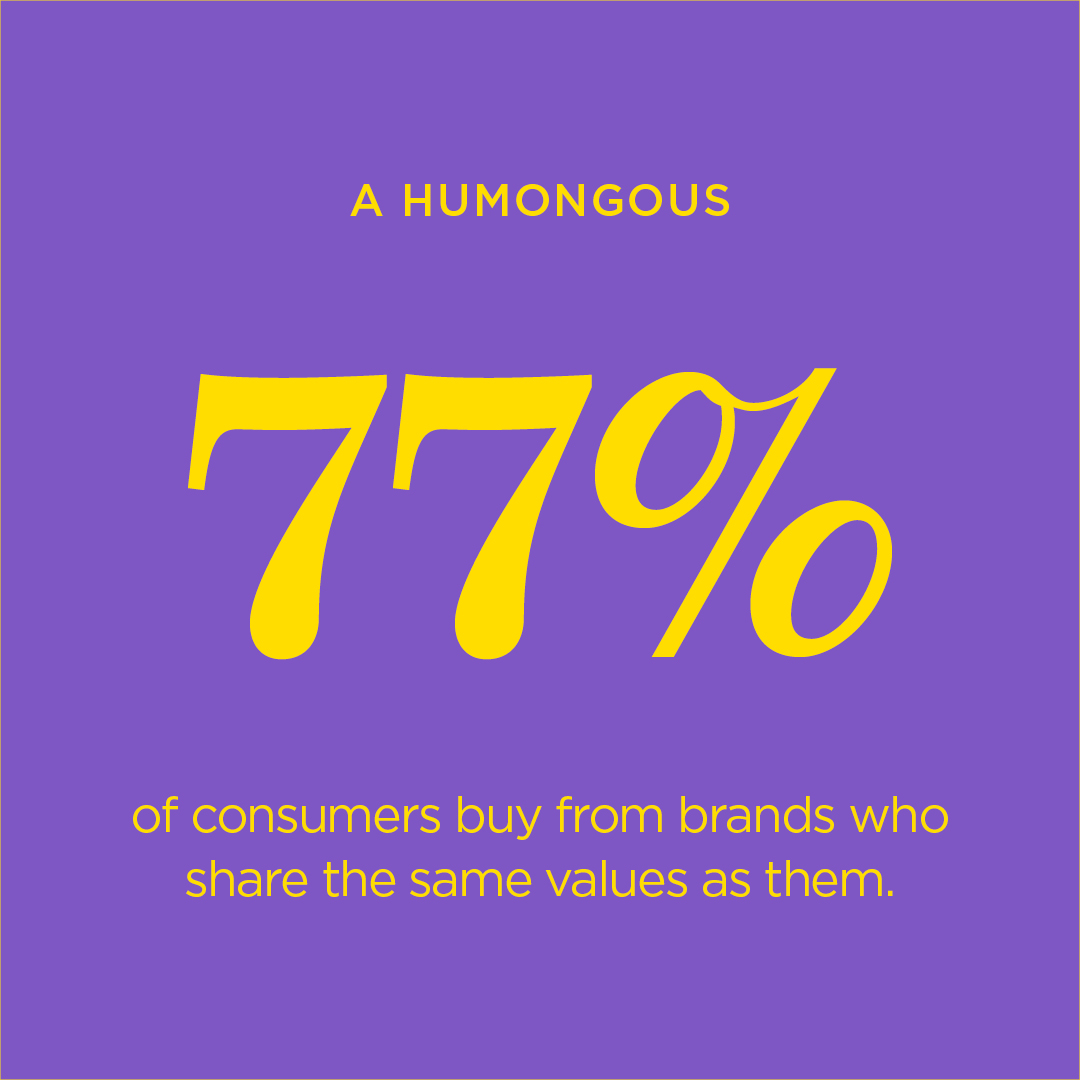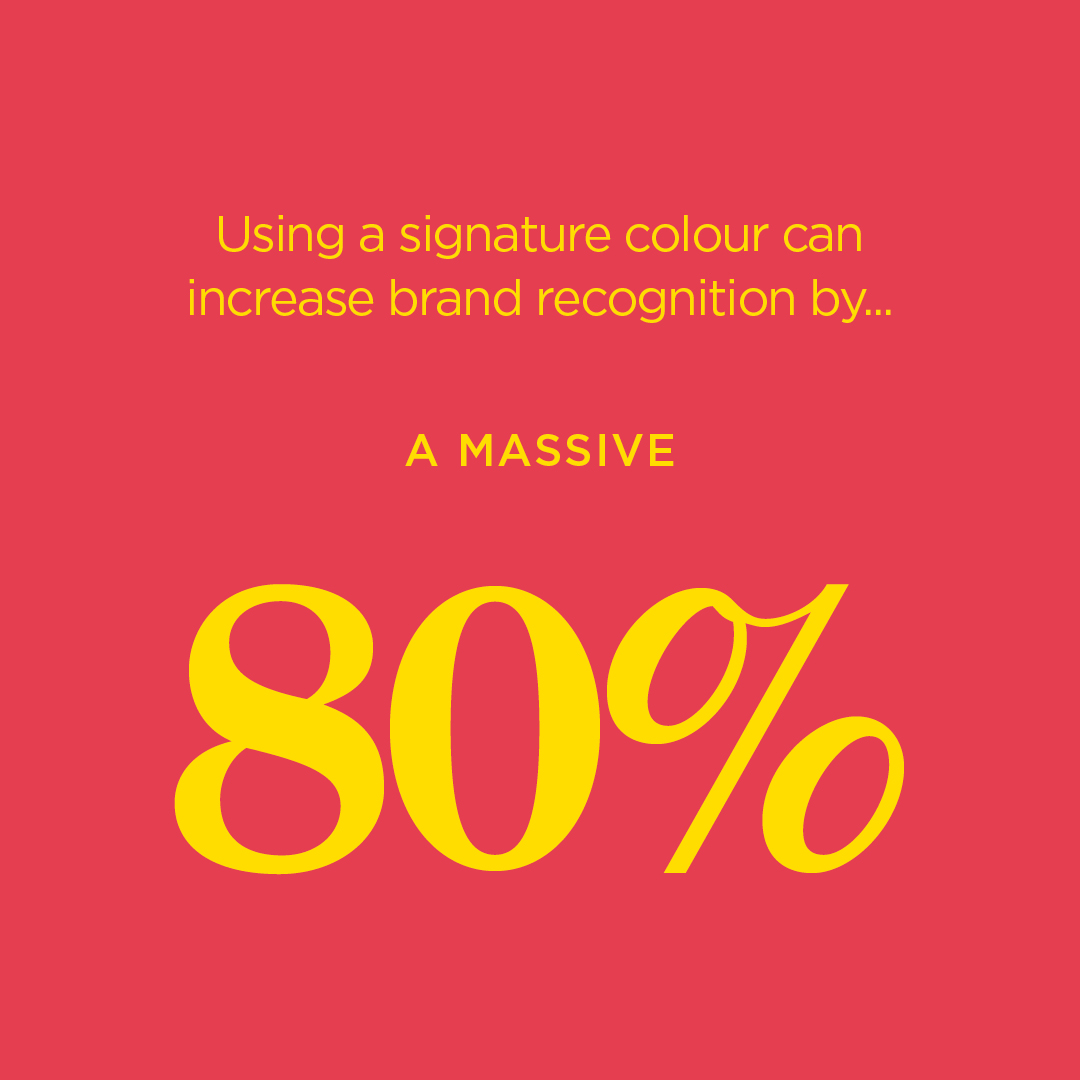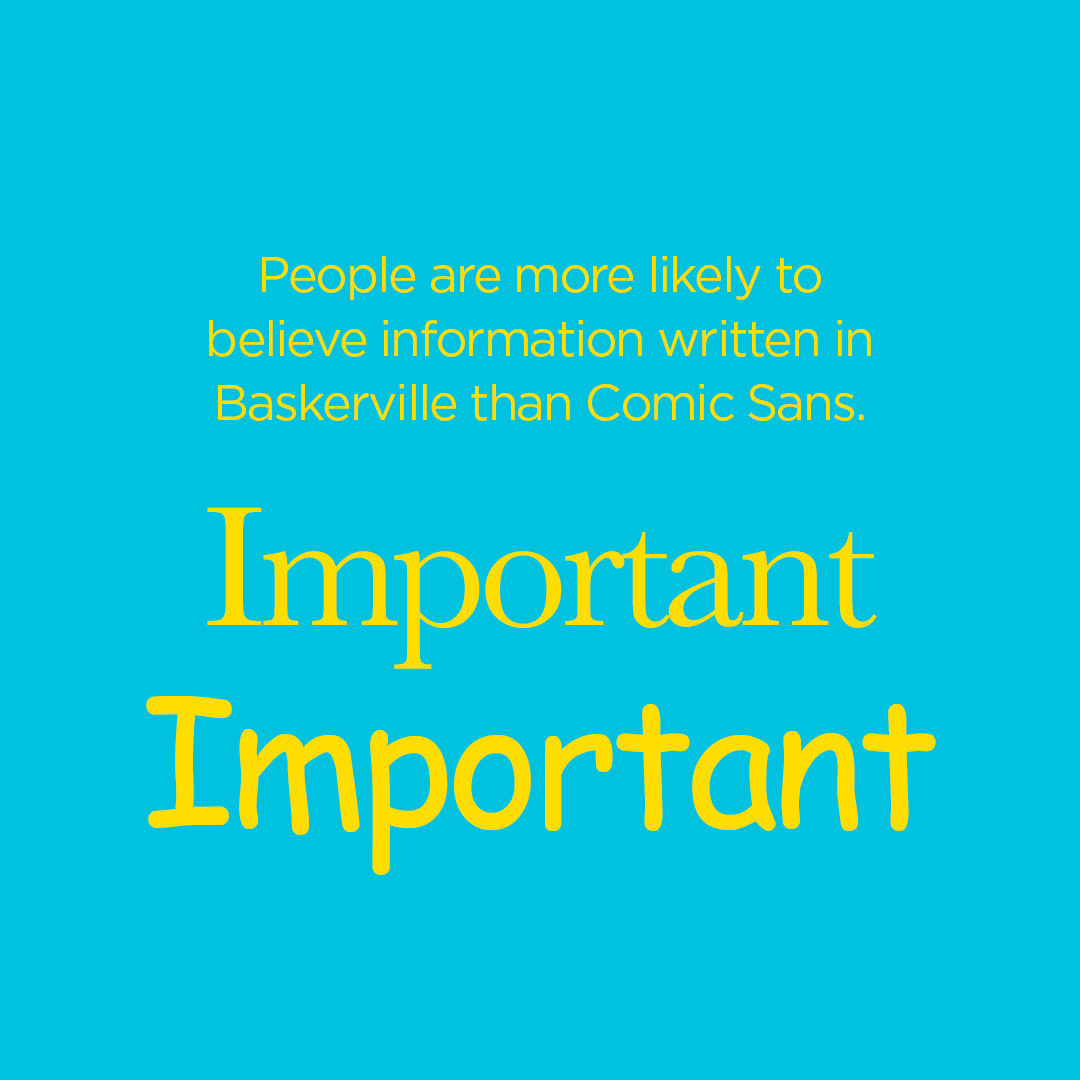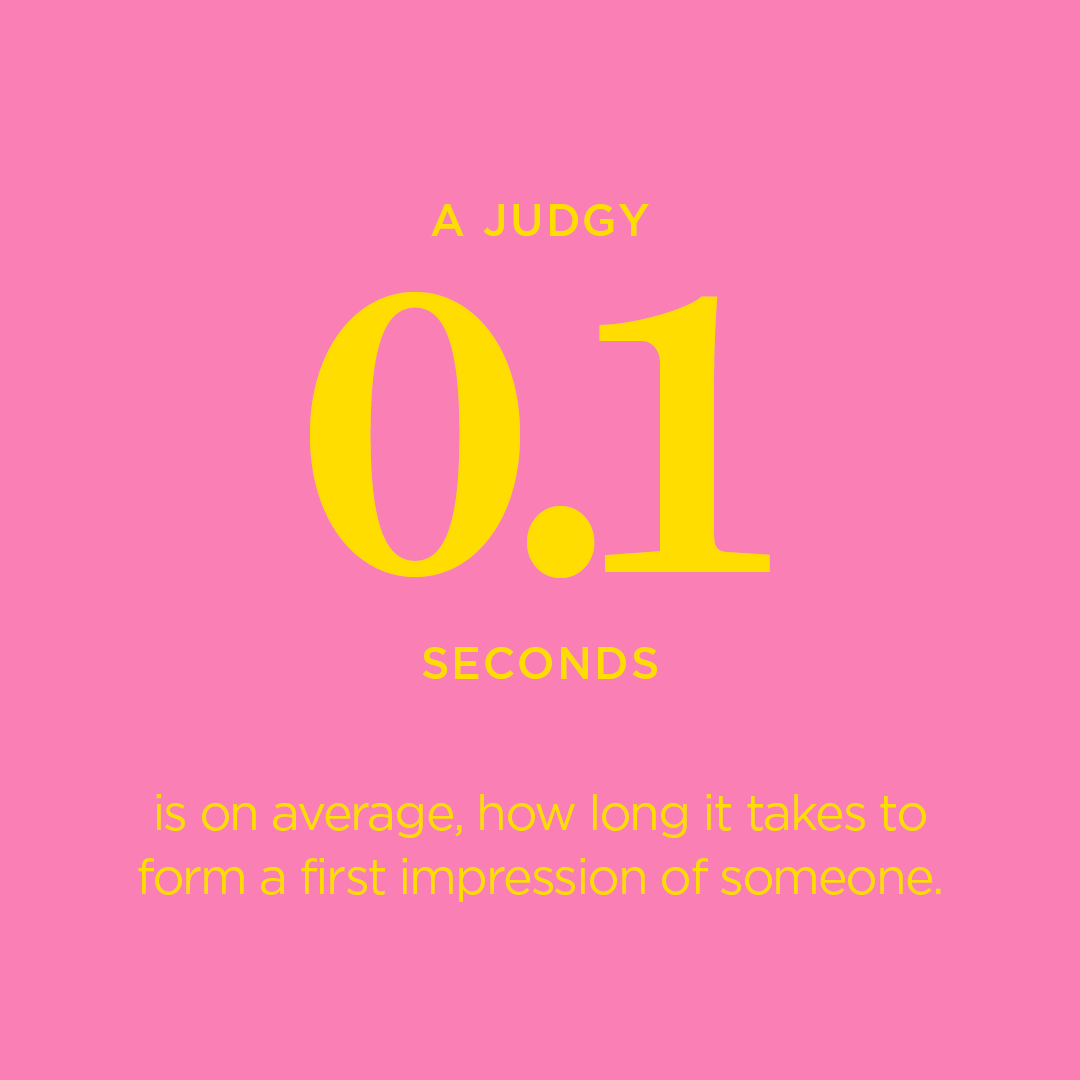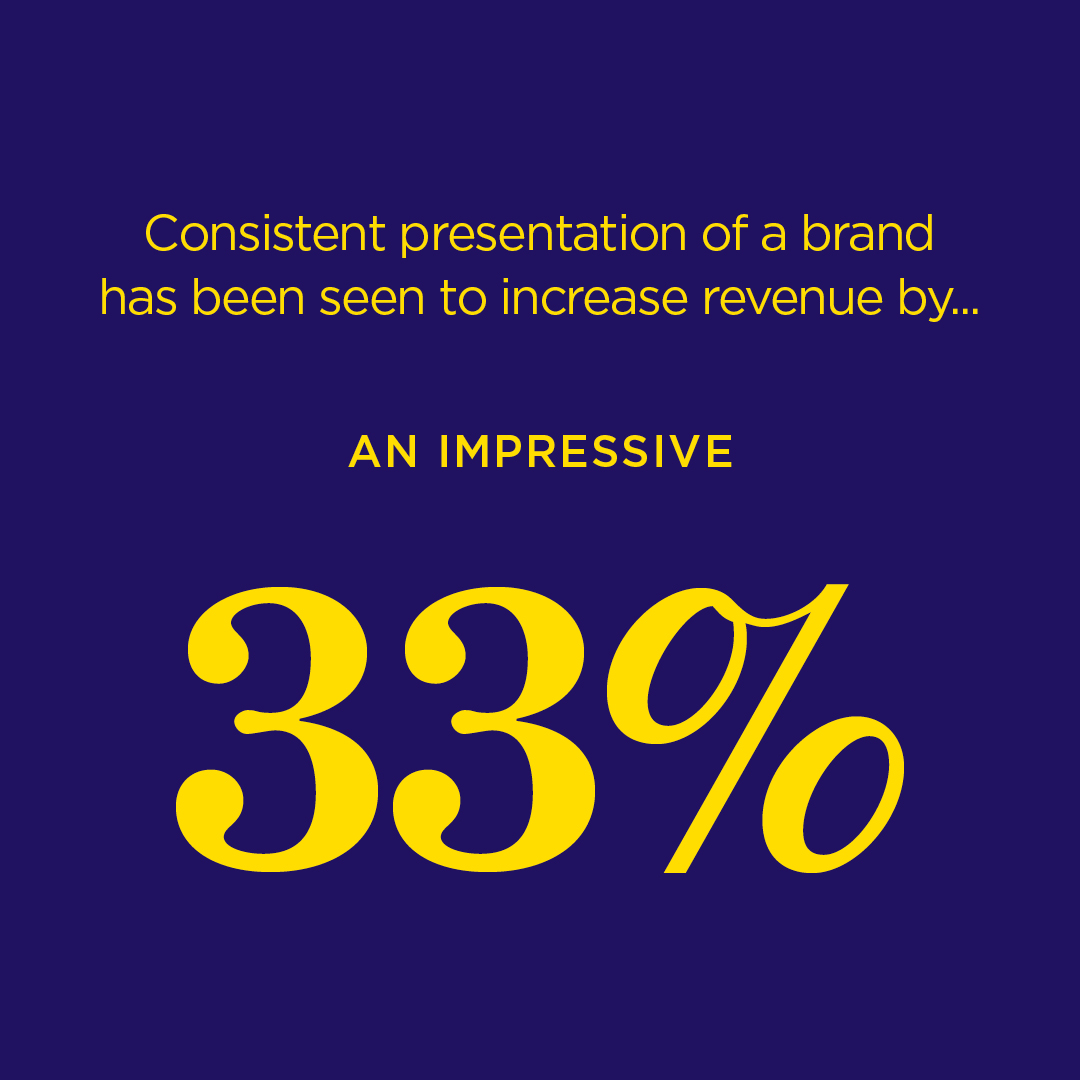
Building Your Brand
Never underestimate the importance of your brand – it’s the face and reputation of your business in the market place.
TPS Tips for building your brand
Authenticity
88% of consumers say authenticity is important.
Whether you are a service-based business or you sell a product or range of products, in the main, customers expect businesses to care about more than just their profits and, if they fail to see that from a brand, they won’t hesitate to look for another brand that does.
Customers support brands that are authentic, transparent and consistent in their brand messaging, by having values that they can stay true to and, most importantly, by being honest.
What is a brand?
A brand is much more than just a name or a logo. Simply put, a brand is all about the feeling those assets evoke. A brand is the way your product, company or how you as a person are perceived by others.
First impressions are everything!
Nailing your proposition helps to build a strong brand. We follow a process to determine this called “what makes you so special?”
A clear brand proposition will help you on your journey! Here are a some tips and considerations we want to share with you.
Naming your business
72% of the best names are made up words or acronyms.
Remember, less is more, keep it memorable, short names are good, ideally two to four syllables and easy to pronounce, because they are very ‘brandable’ and easy for consumers to remember. For example: Aldi, Google, Coca-Cola and Boo-hoo.
Tone of voice
77% of consumers buy from brands who share the same values as them.
Your tone of voice helps to build your brand personality. It’s what you say, how you say it and how you talk to your clients.
Having a consistent and recognisable tone of voice will help you talk about yourselves, the copy on your website, brochures, social media and your introductory pitch.
Identify your audience and use language that resonates with them.
To help consider your own tone of voice, we have created a checklist (drop us a line if you would like a copy). If you have a team, it’s interesting to do this as a group exercise. Which words would you choose to reflect your brand?
Colour palette and theory
Using a signature colour can increase brand recognition by 80%.
Colour is very powerful – it can trigger different feelings and emotions in the human body and mind. When thinking about your brand image, and how you want to represent your business, you should use the right colours to enhance your brand’s visual representation. They can have an effect on what consumers associate with your brand.
Think about currently established brands. Coca-Cola is famous for distinct bright red. Red portrays excitement, energy and passion. It also stimulates the appetite. In colour psychology, blue has ties to the sea and the sky. Stability, harmony, peace and trust. Therefore, financial services and tech companies integrate blue within their branding, eg. Facebook, Twitter PayPal, IBM and Halifax.
Typography
Fonts can affect people’s trust.
Typography is very influential when it comes to brand image and messaging. For example, would you use Comic Sans* for an important document you need someone to pay attention to?
Considerations when selecting your company typeface:
- Always check the font license and usage. Fonts are installed on our computers and are considered to be software which, like other software, requires a license.
- Choose a typeface that suits the character and spirit of your brand.
- Will it work across print and digital? Try to choose ‘web safe fonts’ that are supported by all major web browsers by default.
- Choose a font that’s part of a ‘super family’ – these already include a selection of different styles and weights.
- Avoid using more that 2-3 fonts in your design and choose ones that aren’t too similar. There are some great resources with font pairing suggestions.
- Is it legible? Avoid hard to read, handwritten scripts. Although some are beautiful, they can be hard to read.
*Never use Comic sans!
Brand Identity
It takes 0.1 seconds to form a first impression of someone.
People say ‘don’t judge a book by its cover’, but we do! A wrong first impression is hard to recover from.
Brand identity is the visible elements of a brand, such as colour, website and logo. That identity is the personality of your business and sets the overall tone, along with the type of services or products you offer. Your brand identity can play a massive part in your customers decision making process – will they choose you over your competitors?
Brand Consistency
Consistent presentation of a brand has been seen to increase revenue by 33%.
Brand guidelines are a set of rules that define the overall look and feel of your brand. It’s a bible of all the decisions and considerations you’ve made, including: “what makes you so special?”, the tone of voice, typography and the colours you want to use etc.
Anyone working on your brand should be able to pick up this document and understand how your brand elements should be applied, in order to ensure consistency.
We hope you’ve enjoyed these tips and maybe they’ve sparked some new ideas that you are going to implement.
If you’ve enjoyed them, but it all sounds a little bit like too much hard work, or out of your comfort zone, let’s grab a cuppa and have a chat to see how we can help raise your business profile, reach a wider audience and grow your customer base to increase profits.
Get in touch today.
TPSquared Limited
Gravel Hill House
Gravel Hill
Wombourne
Wolverhampton
WV5 9HA
☎️ 01902 356280
💻 hello@tpsquared.co.uk
Subscribe to our blog to be notified when we publish new content
